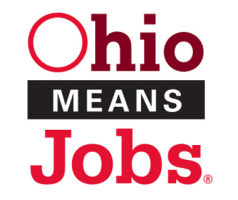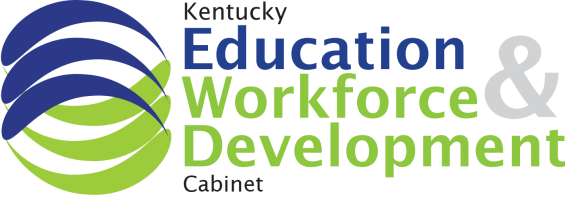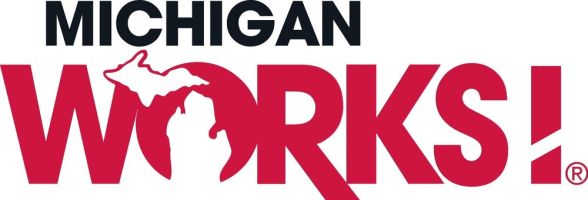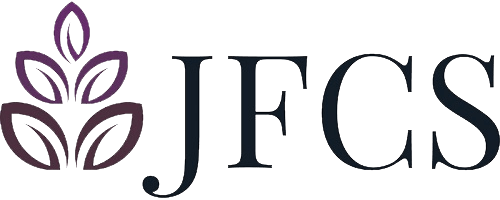EUQ (Employee Utilization Quotient)
An Introduction to the EUQ (Employee Utilization Quotient) Assessment
by Paul D. Gormas SPHR, Lean Six Sigma Master Black Belt, MBA, President, Breakthrough Performance Group, LLC
The EUQ assesses employee utilization on a scale of 0 to 100%. Organizations can then take the steps necessary to achieve higher levels of employee utilization and corresponding increases in organizational performance. The Employee Utilization Quotient (EUQ) Assessment is based on the principles of Lean Enterprise and Six Sigma. Becoming “lean” is all about the identification and elimination of wastes. There are eight major wastes in an organization: Overproduction, Waiting, Transportation or Conveyance, Overprocessing or Incorrect Processing, Excess Inventory, Unnecessary Movement, Defects, and Unused Employee Creativity or Underutilized Employees. The EUQ Assessment is the first assessment known to measure the eighth waste. It assesses whether an organization is utilizing its employees to their highest potential and whether it is fully harnessing the talents of its best asset—its people.
An organization that is not utilizing its employees could lose time, ideas, skills, and improvements, while also missing out on learning opportunities by not engaging or listening to its people (Liker & Meier, 2006). Employee underutilization also involves employees who are not effectively engaged in the process or whose expertise is not tapped into where process improvement is concerned. In an office setting, this might include things like insufficient training, poor incentives, not asking for feedback, and placing employees in positions below their skill levels and qualifications. In a manufacturing setting, this might include things like insufficient training, employees not knowing how to effectively operate equipment, possessing incorrect tools for the task, and not being challenged to come up with ways to improve the work process.
Although incredibly crucial, underutilization of employees is one of the most difficult wastes to identify in an organization. The EUQ Assessment helps organizations experience the great benefits that arise from acknowledging the skills of its employees and tapping into the value of their shared experiences. The EUQ Assessment consists of 35 items contained within six subscales: Culture and Development, Opportunities for Input, Job Fit, Supervisory Relations, Efficiency, and Readiness and Expectations. The six subscales are further defined below.
Subscale
|
1. Culture and Development |
-Assessment of skills, goals, and interests
-Reward/recognition from leadership -Motivation and performance tracking
|
| 2. Opportunities for Input | -Opportunities for creativity and authority
-Decision making contributions -Problem solving
|
| 3. Job Fit | -Utilization of experience, education, skills, and talents
-Match between position and skills
|
| 4. Supervisory Relations | -Mentoring
-Help with problem solving -Providing resources and feedback
|
| 5. Efficiency | -Wasted time
-Correcting errors -Putting out fires
|
| 6. Readiness and Expectations | -Training and qualifications
-Clear expectations |
PURPOSE
The purpose of the EUQ Assessment is to determine whether an organization is utilizing its employees to their fullest potential. It considers many aspects of the way in which organizations use—or do not use— their human capital. The most valuable asset of an organization is its people, so having a way to assess levels of their utilization is key for success. Because of the six subscales contained within the assessment, the EUQ Assessment can pinpoint areas of weakness toward which improvement should be targeted as well as highlight areas of strength toward which maintenance efforts should be directed.
The EUQ Assessment was created in 2018. It can be used in organizations of any size, including employees of various supervisory and non-supervisory levels. Although Employee Utilization is traditionally thought to be relevant to manufacturing, the EUQ Assessment is equally appropriate for healthcare, financial services, government, education, retail, consulting, and non-profit organizations.
ADMINISTRATION
The EUQ Assessment can be administered online via the Internet, which is the preferred method of administration. Access to the assessment is gained through an assigned URL link that allows the assessment record to be traced to a specific client or organization. The assessment typically takes about 5-6 minutes to complete, but there is no time limit. Every item requires an answer, so it is mandatory that the entire assessment be completed. The EUQ Assessment may also be administered via paper-and-pencil format. If the organization’s employees do not have access to an online computer, a paper version can be utilized.
SCORING
The EUQ Assessment is scored two different ways. The Overall EUQ score provides an index of the organization’s utilization on a broad, overarching level. An organization will also receive an EUQ score for each of the six subscales to hone in on specific areas of improvement or to better highlight areas of concern.
The EUQ Assessment contains 35 items and is scored on a scale of 1-5. Therefore, the Maximum Total Score is calculated based on selecting the maximum score (i.e., an answer of 5 selected for every item) for either the full 35 items or the number of items in the particular subscale of interest.
The formulas for calculating both the Overall EUQ Score and the EUQ by Subscale Score are presented below.
Overall EUQ Score →Total Score Obtained / Maximum Total Score =
% Overall Utilization 0n Scale of 0 to 100%
EUQ by Subscale Score →Total Score Obtained / Maximum Score for Subscale =
% Utilization by Subscales 1 (disagree) to 5 (strongly agree) on a Scale of 0 to 100%
NEXT STEPS
After the EUQ scores are calculated, the organization will evaluate EU (employee utilization) levels and may decide to set improvement goals for EU performance and time frames to achieve these goals. The organization’s other key performance metrics are benchmarked for their baseline performance at the same time as the initial EUQ assessment.
Causes of unsatisfactory employee utilization levels are determined and solutions for improvement are developed and implemented. The EUQ assessment is conducted again after the implementation of solutions to determine if goal levels of EU have been achieved. The new levels of EU are then compared to the new levels of key organizational performance metrics to determine if a positive correlation exists.







